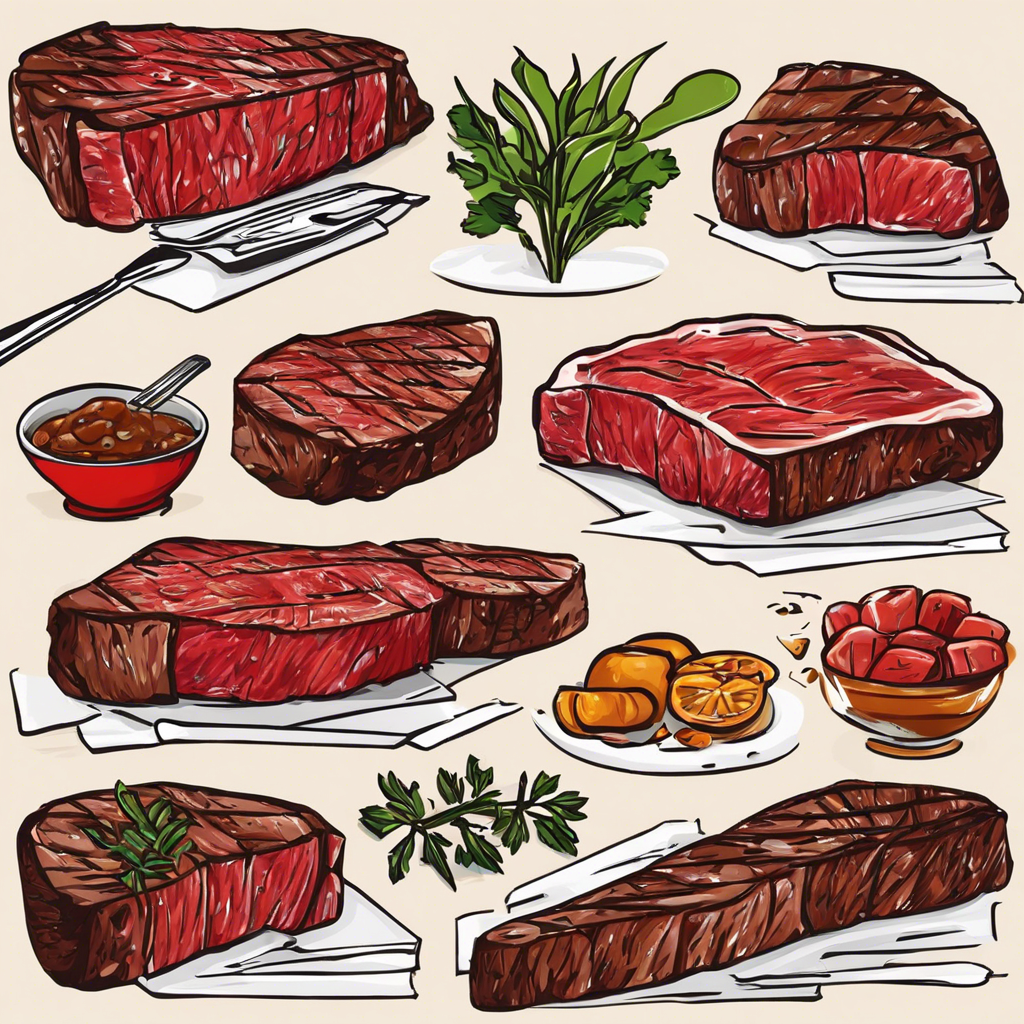Preparing a perfect steak is an art and a science, a delicate balance of precision and patience. While it may seem like a daunting task, achieving steak perfection is within reach for any home cook willing to learn a few simple techniques and invest time and care into the process. So, whether you’re a steak aficionado or a novice looking to impress, read on for a comprehensive guide to mastering the perfect steak.
First and foremost, start with a good cut of meat. Look for well-marbled steak, which means it has the perfect amount of fat distributed throughout the meat. This fat will melt as the steak cooks, adding flavor and keeping the meat moist and tender. Popular cuts include the ribeye, known for its rich marbling, the strip steak, which offers a balance of flavor and tenderness, and the filet mignon, prized for its tenderness.
Once you’ve selected your steak, take it out of the fridge about 20 minutes before cooking to bring it to room temperature. This step ensures that your steak cooks evenly. During this time, you can also prepare your seasonings. A good rule of thumb is to keep it simple: salt and pepper are classic choices and allow the natural flavor of the beef to shine through. However, feel free to experiment with other seasonings like garlic powder, paprika, or dried herbs to add a personal touch.
Now it’s time to cook. There are several methods to choose from, including grilling, pan-frying, and broiling. For that perfect sear and professional finish, we’ll focus on pan-frying. Start by heating a cast-iron skillet or heavy-bottomed pan over high heat. You’ll know it’s hot enough when a few drops of water sizzle and evaporate immediately upon contact. Carefully place your steak in the center of the pan and let it cook undisturbed for about 4 minutes. This initial sear will give your steak those beautiful golden-brown marks and build flavor.
As the steak cooks, resist the urge to move or flip it too early. Those gorgeous grill marks you see at steakhouses take time to develop, and flipping too frequently can result in an unevenly cooked steak. After the first 4 minutes, using a pair of tongs, flip the steak to sear the other side. Again, let it cook undisturbed for another 4 minutes.
At this point, your steak is well on its way to perfection. To check the doneness, use a meat thermometer inserted into the thickest part of the steak. For a rare steak, aim for an internal temperature of 130°F; medium-rare is 135°F, medium is 140°F, and well-done is 160°F. Keep in mind that the steak will continue to cook even after removing it from the pan, so it’s best to remove it from the heat just before it reaches your desired temperature.
Once your steak has reached the perfect temperature, transfer it to a cutting board and let it rest for 5 minutes. This resting period is crucial as it allows the juices to redistribute, ensuring a juicy and tender steak. After resting, slice your steak against the grain into thin, even slices. Serving your steak sliced not only looks elegant but also ensures that every bite is melts-in-your-mouth tender.
Now comes the best part: serving and savoring your masterpiece. Present your beautifully sliced steak on a platter or individual plates, perhaps alongside some roasted vegetables and a drizzle of herb butter for added luxury. The final touch is to share and indulge in the fruits of your labor, enjoying every mouthwatering bite with the satisfaction of having mastered the art of cooking the perfect steak.
Throughout the cooking process, bear in mind that practice makes perfect. Even the most seasoned chefs had to begin somewhere, so embrace any minor setbacks as part of the learning curve. Besides, the journey toward steak excellence is paved with delicious experimentation and tantalizing flavor profiles. So, roll up your sleeves, fire up that skillet, and get ready to indulge in the ultimate steak experience, crafted by your very own hands. Bon appétit!
Remember to pair your steak with sides and sauces that complement its robust flavor. Roasted asparagus, creamy mashed potatoes, or a fresh tomato salad can round out your meal. As for sauces, compound butter, béarnaise, or a simple red wine reduction can take your steak game to the next level. Enjoy experimenting and creating a steak dinner that’s truly yours.

